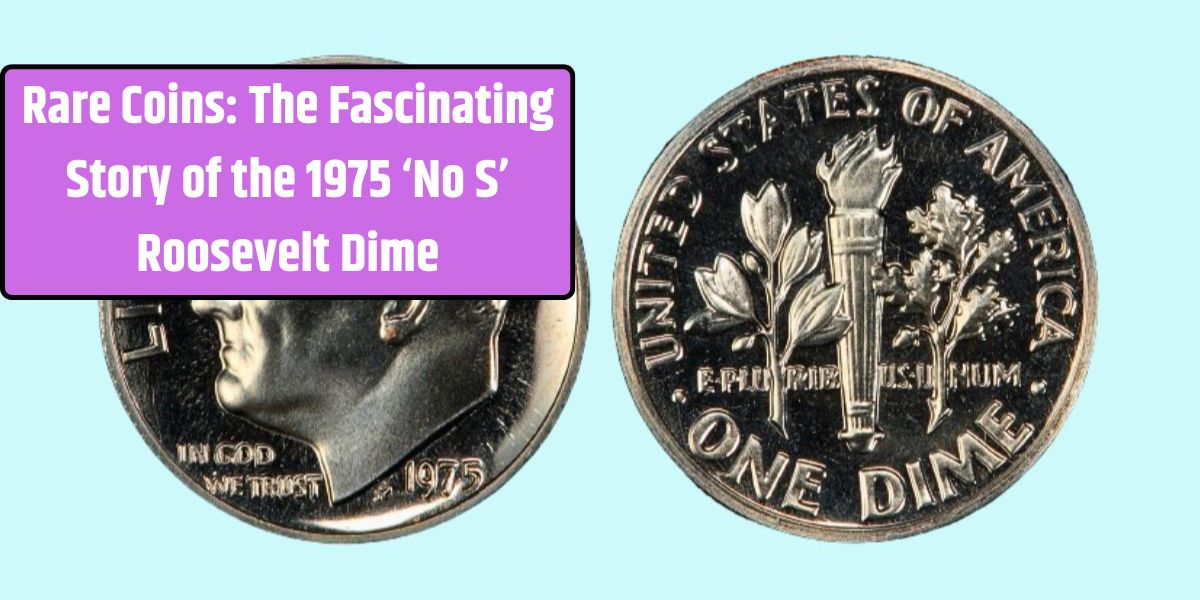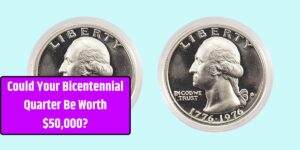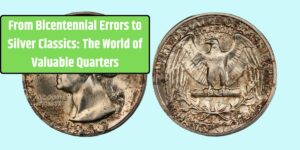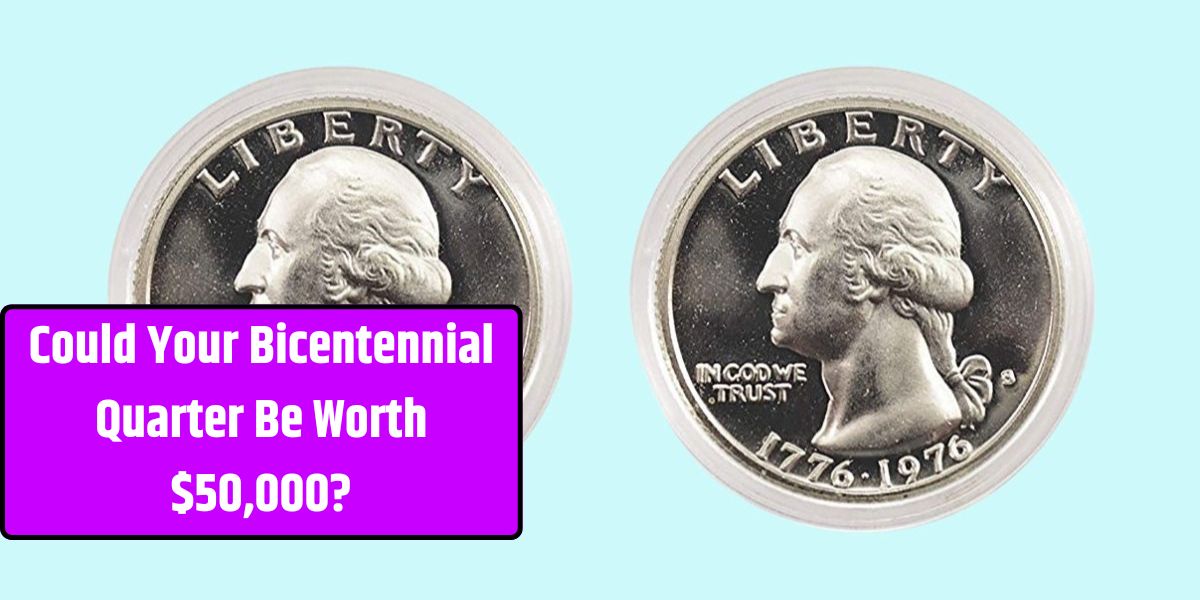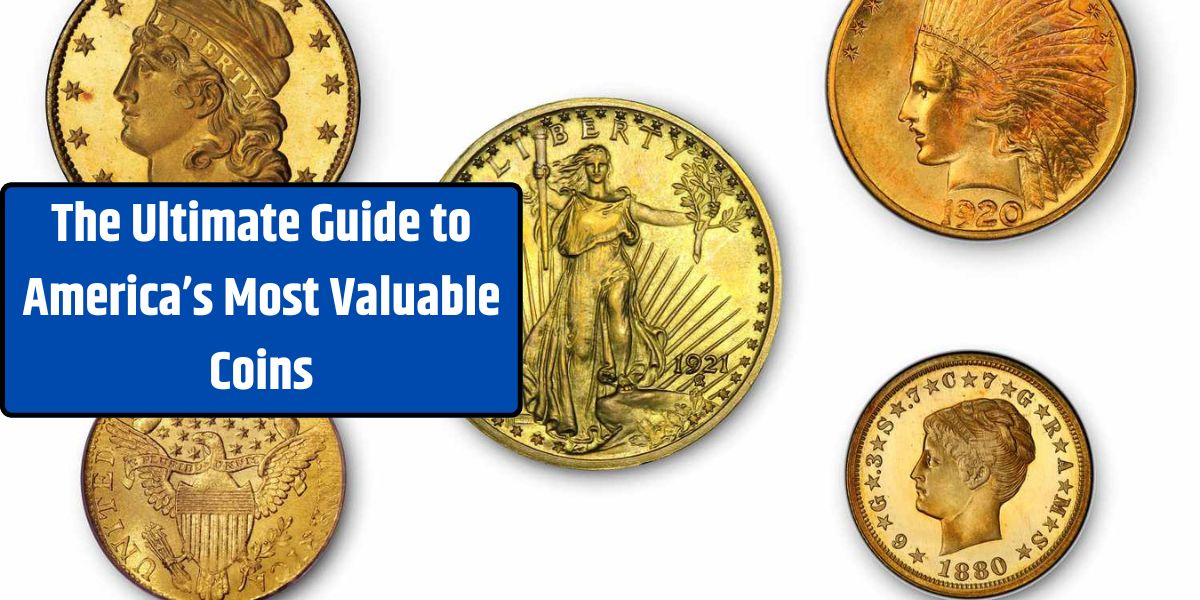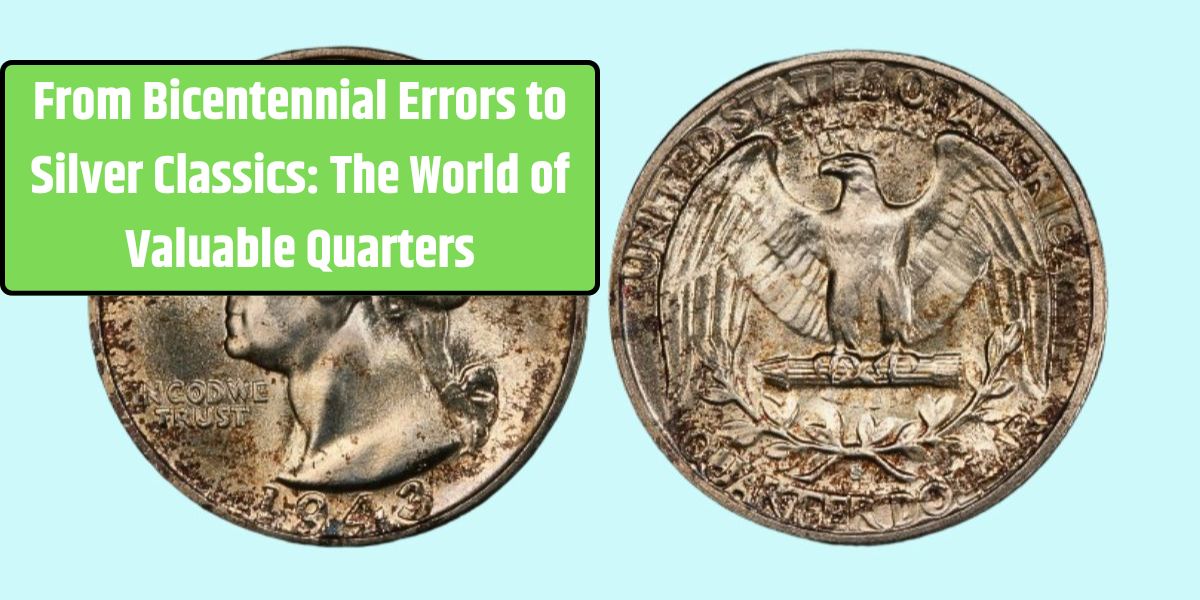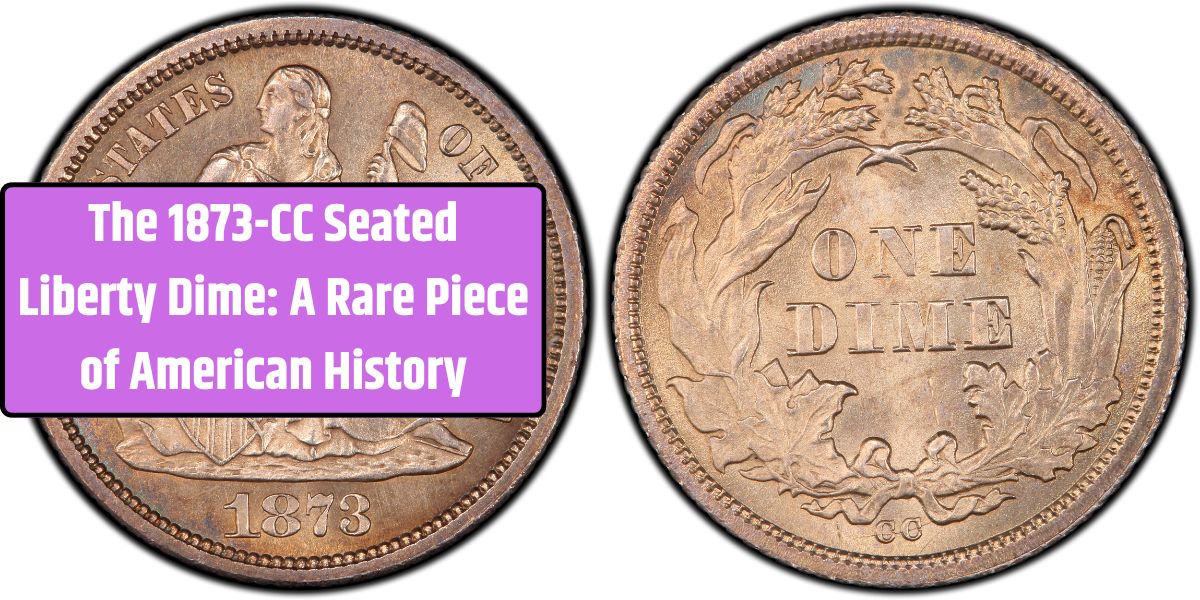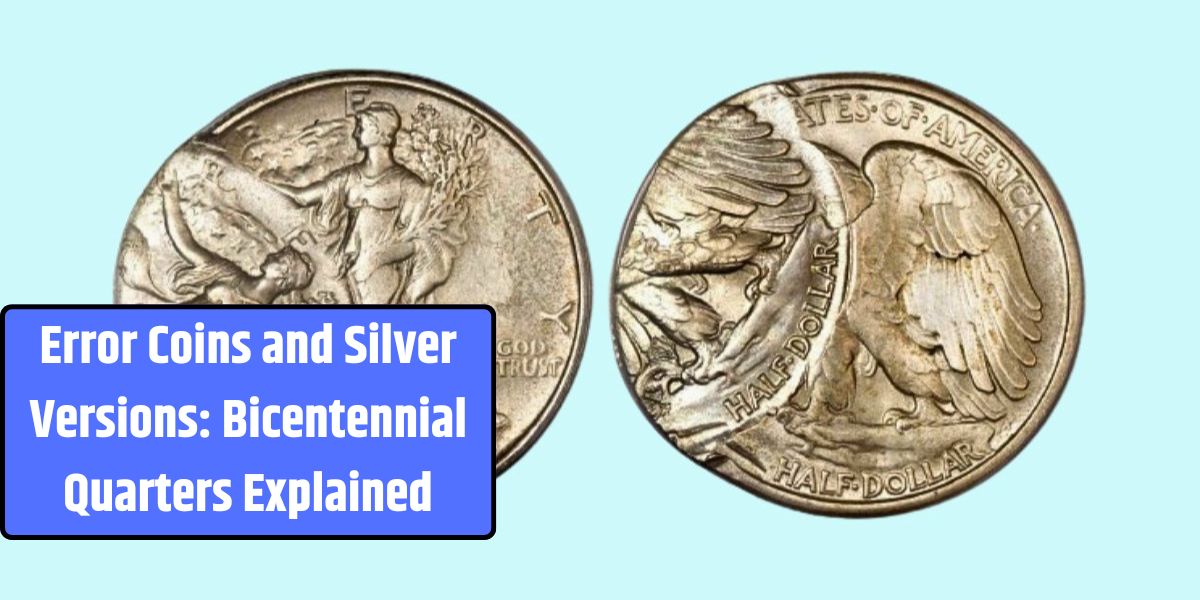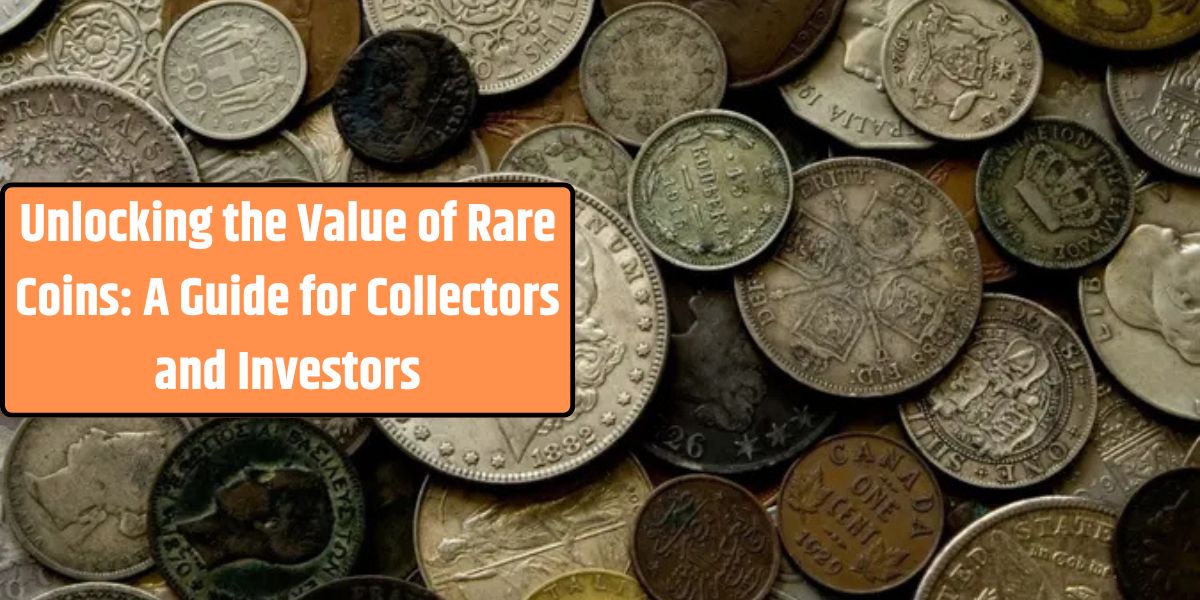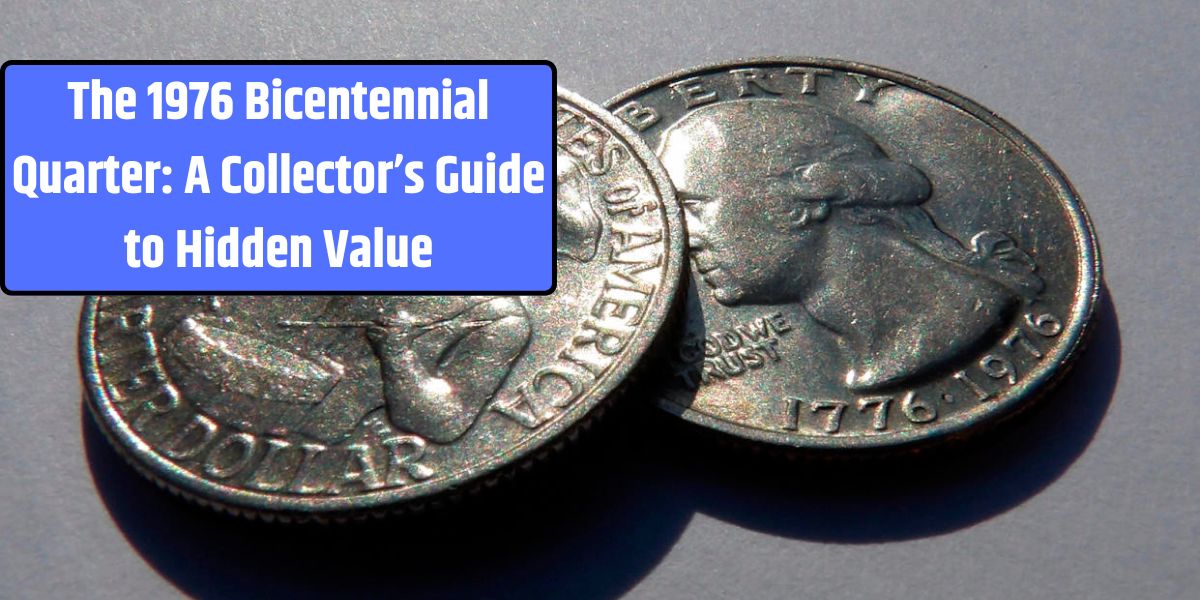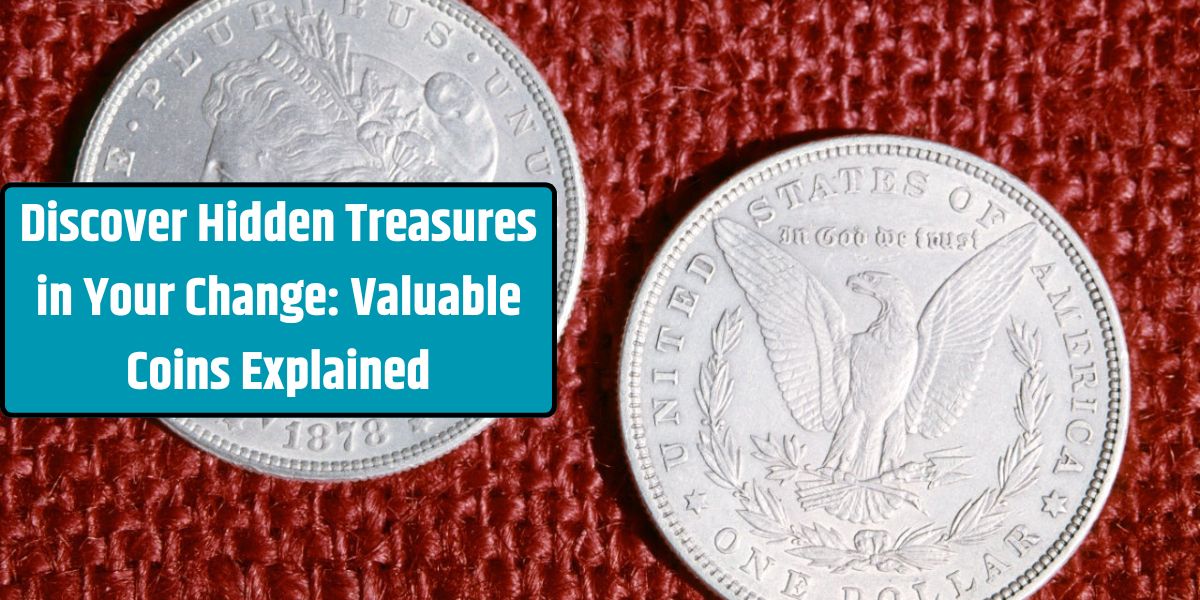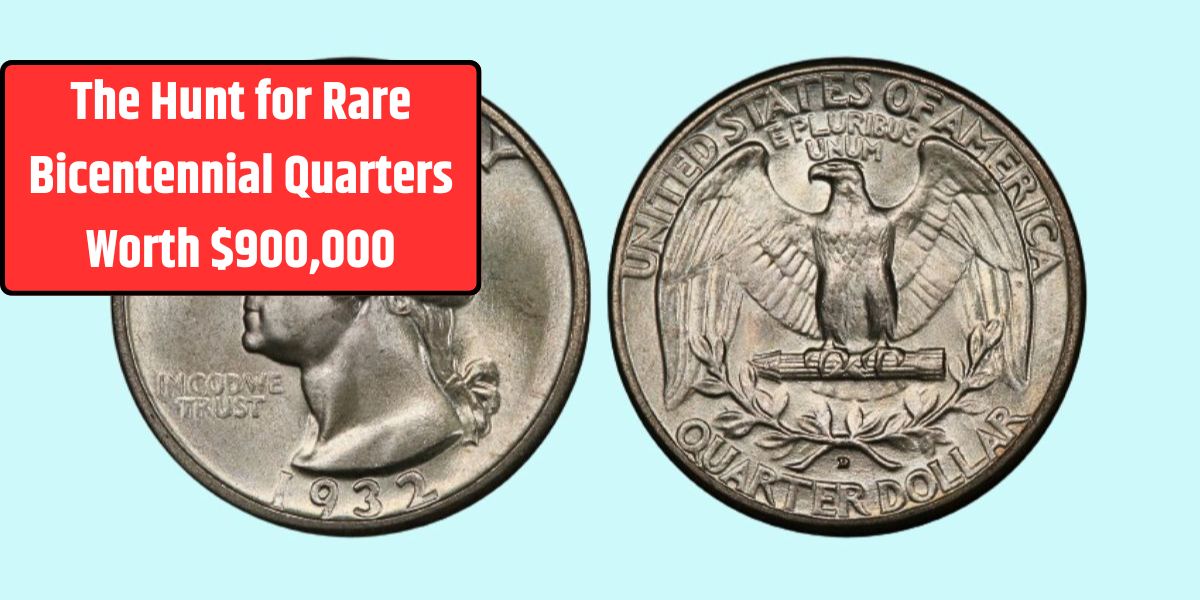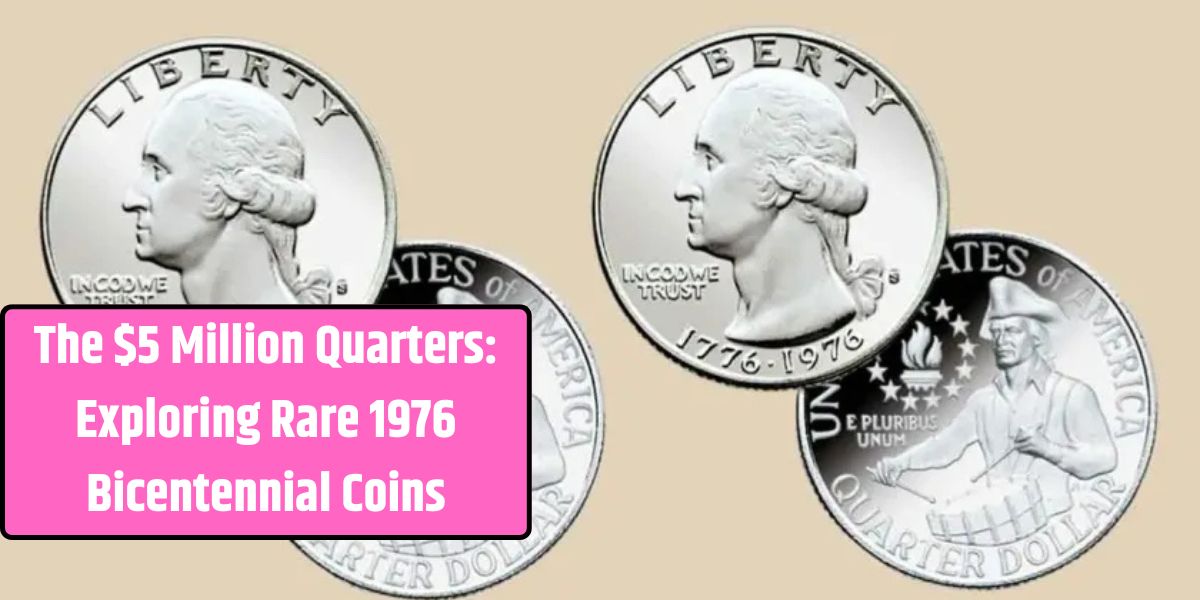The numismatic world was recently captivated by the sale of a 1975 Roosevelt dime for a staggering $506,250 at auction. What sets this dime apart is not what’s present, but what’s missing—a mint mark. This coin lacks the ‘S’ mint mark typically found on proof coins produced at the San Francisco Mint, making it one of only two known examples. This rare error has elevated the dime to legendary status in American coin collecting.
Understanding the Rarity of the 1975 ‘No S’ Dime
In 1975, the San Francisco Mint struck approximately 2.84 million proof sets, each coin bearing the distinctive ‘S’ mint mark. However, a minting error led to the production of two dimes without this mark. Such a small detail might seem insignificant, but it has turned these dimes into some of the most coveted modern coins in American numismatics.
The Discovery and Early Sales
The two known specimens of the 1975 ‘No S’ dime were discovered in California during the late 1970s. Dealer F.J. Vollmer acquired both coins, with the first selling in 1978 for $18,200, an extraordinary amount for the time. The buyers, an Ohio collector and his mother, held onto the coin for decades, proving that patience can yield incredible returns in the rare coin market.
A Record-Breaking Auction
The recent auction, hosted by GreatCollections in October 2024, drew over 200 bids from collectors worldwide. Graded PCGS Proof-67 and approved by the Certified Acceptance Corporation (CAC), the dime achieved its record-breaking price of $506,250, setting a new benchmark for this modern mint error.
Historical Price Progression of the 1975 ‘No S’ Dime
The value of this coin has shown a dramatic increase over the decades:
| Year | Sale Price |
|---|---|
| 1978 | $18,200 |
| 2011 | $349,600 |
| 2019 | $456,000 |
| 2024 | $506,250 |
This consistent growth reflects the rising appreciation for rare mint errors in the numismatic community.
What Makes This Coin So Valuable?
Several factors contribute to the exceptional value of the 1975 ‘No S’ dime:
- Extreme Rarity: Only two examples are known to exist.
- Historical Significance: As a modern mint error, it highlights the meticulous processes of coin production.
- High Grade: Graded PCGS Proof-67, it boasts exceptional preservation.
- CAC Approval: A trusted mark of authenticity and quality.
- Provenance: Well-documented ownership history adds credibility and desirability.
The Role of Professional Authentication
Professional grading and certification were pivotal in establishing the dime’s value. Organizations like PCGS and CAC authenticate a coin’s legitimacy and grade its condition, providing confidence to collectors and increasing the coin’s marketability. These certifications are particularly important for rare and high-value items.
Impact on the Coin Collecting Community
The record-breaking sale of the 1975 ‘No S’ dime underscores key lessons and trends in numismatics:
- Highlighting Mint Errors: Small mistakes can yield extraordinary value.
- Strengthening the Rare Coin Market: The sale reflects robust demand for unique coins.
- Encouraging Scrutiny of Modern Coins: Even contemporary coins can hold significant worth.
- Elevating Grading Standards: Professional certification plays a vital role in the market.
Key Lessons for Collectors
The story of the 1975 ‘No S’ dime offers practical insights for collectors:
- Pay Attention to Details: Minor variations, such as missing mint marks, can hold immense value.
- Preserve Coins Carefully: Proper storage and handling maintain condition and value.
- Seek Professional Authentication: Certification enhances credibility and marketability.
- Keep Documentation: A clear provenance adds value to collectible coins.
- Be Patient: Rare coins often appreciate significantly over time.
The Future of Rare Mint Errors
The unprecedented sale of the 1975 ‘No S’ dime reaffirms the enduring appeal of numismatics. It demonstrates that even modern coins can become legendary collectibles. This example encourages collectors to closely examine their coins, as treasures often hide in plain sight. With the rare coin market showing strong growth, such stories inspire continued interest and excitement in the field.
FAQ:
Q1: Why is the missing ‘S’ mint mark so significant?
The absence of the mint mark on a proof coin is an extraordinary error, making the 1975 ‘No S’ dime one of the rarest modern coins.
Q2: How can I tell if I have a rare coin like this?
Carefully examine your coins for unusual details such as missing mint marks, errors, or unique features. Professional grading services can confirm authenticity.
Q3: Does the grade of a coin affect its value?
Yes, higher grades indicating better condition significantly increase a coin’s value.
Q4: What role does CAC approval play?
CAC approval verifies that a coin meets high-quality standards for its grade, adding to its desirability and value.
Q5: Can modern coins be valuable?
Absolutely! Coins like the 1975 ‘No S’ dime prove that even recent mint errors can command extraordinary prices.

